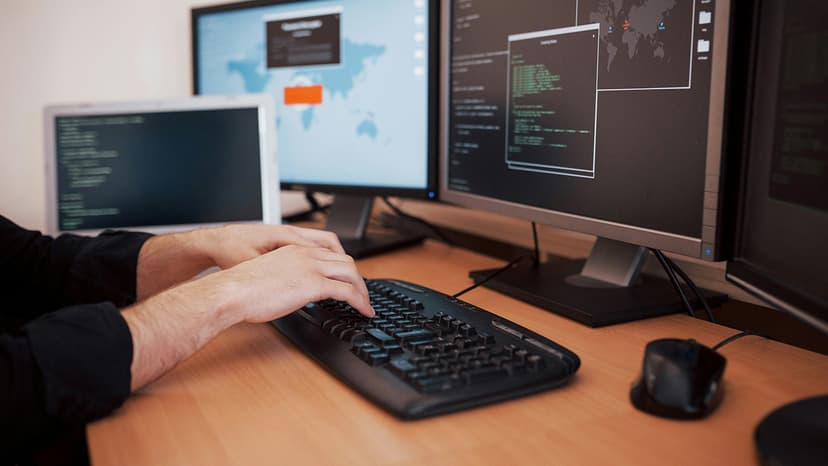Will AI-Powered Food Delivery Robots Replace Waitresses in Restaurants?
Picture this: You're at a restaurant, sitting at your table, eagerly anticipating your meal. Instead of a friendly waitress taking your order and bringing your food, a sleek, futuristic robot approaches your table, greets you with a friendly voice, and efficiently delivers your meal with precision. This scenario might sound like science fiction, but with rapid advancements in technology, it is becoming increasingly plausible.
AI-powered food delivery robots have started making their way into the restaurant industry. They promise to revolutionize the dining experience and optimize restaurant operations. But can these robots really replace waitresses? Let's explore this fascinating topic together.
The Rise of the Robots
AI technology and robotics have been advancing at a breathtaking pace. Today, we have self-driving cars, drones, and even robots capable of performing complex surgeries. It should come as no surprise that the restaurant industry is next in line for this technological makeover.
Companies like Richtech Robotics, Bear Robotics and Starship Technologies are already developing and deploying robots equipped with AI to serve food and drinks in restaurants. These robots can navigate crowded dining rooms, avoid obstacles, and interact with customers just like human waitstaff.
Benefits of AI-Powered Food Delivery Robots
There are various benefits to using robots for food delivery in restaurants:
-
Efficiency and Speed: Robots can potentially speed up service, ensuring that food is delivered fresh and hot. They can quickly navigate through the restaurant and make fewer mistakes compared to human staff.
-
Cost Savings: Though the initial investment in robots might be significant, over time, they can save money by reducing labor costs. Robots do not need salaries, breaks, or benefits, making them an attractive option for restaurant owners.
-
Consistency and Reliability: Unlike humans, robots provide consistent performance. They don't have bad days, don't get tired, and don't forget orders. This reliability can lead to higher customer satisfaction.
-
Safety and Hygiene: Robots can enhance the safety and hygiene of a restaurant by reducing human contact with food. This is particularly relevant in a post-pandemic world, where people are more conscious of cleanliness and social distancing.
Challenges and Limitations
While the potential benefits are substantial, there are several challenges and limitations to consider:
-
Human Touch: One of the unique aspects of dining out is the human touch and personal connection experienced with waitstaff. A friendly waitress can offer recommendations, make conversation, and provide a level of service and warmth that a robot cannot replicate.
-
Initial Costs: Investing in AI-powered robots can be expensive, and not all restaurants have the financial resources to make such an investment. The cost of maintenance and software updates can also add up.
-
Technical Issues: Technology is not foolproof. Robots can break down, experience software glitches, or have trouble navigating unfamiliar environments. In these cases, human staff would still be required to step in and handle the situation.
-
Job Loss Concerns: A significant concern is the potential job loss resulting from automation. Many individuals rely on jobs in the service industry, and replacing them with robots could lead to economic and social challenges.
A Balanced Approach
Rather than a complete replacement, a more balanced approach might be the integration of robots alongside human staff. Robots can assist with specific tasks that enhance efficiency, while waitresses continue to provide the personal touch and handle more complex interactions.
For instance, robots could be used to deliver food to tables, while human staff takes orders, offers recommendations, and engages with customers. This approach can combine the best of both worlds – leveraging the efficiency of technology while maintaining the warmth of human interaction.
Case Studies and Real-World Examples
Several restaurants around the world have already started experimenting with this hybrid approach. In Japan, cafes use robots to serve customers in an effort to address the labor shortage. In California, some restaurants use autonomous delivery bots to bring orders to customers' tables, complementing the work of human waitstaff.
One notable example is Spyce in Boston, which uses a combination of robotic and human staff to create an efficient and delightful dining experience. Robots take care of food preparation and delivery, while human staff interact with customers and ensure that every need is met.
AI-powered food delivery robots are an exciting development in the restaurant industry, promising efficiency, cost savings, and enhanced hygiene. Yet, despite their many advantages, it is unlikely that they will completely replace waitresses. The human touch, personal connection, and ability to handle complex interactions are qualities that robots cannot fully replicate.
A balanced approach, where robots assist human staff, might be the future of the restaurant industry. This integration can ensure that the benefits of technology are harnessed while preserving the unique, personal aspects of dining out.
As we move towards a more technologically advanced world, it is essential to consider both the opportunities and challenges posed by AI and robotics. While the future may see robots playing a significant role in restaurants, the essence of hospitality – a warm smile and friendly service – will likely remain irreplaceable.












